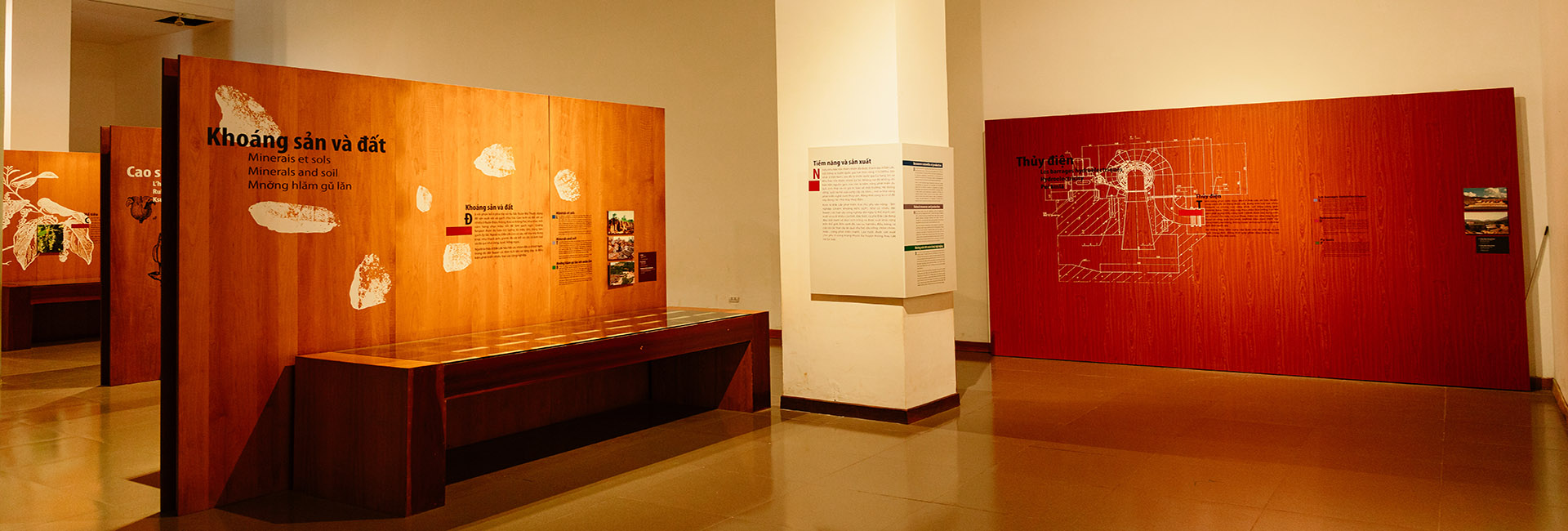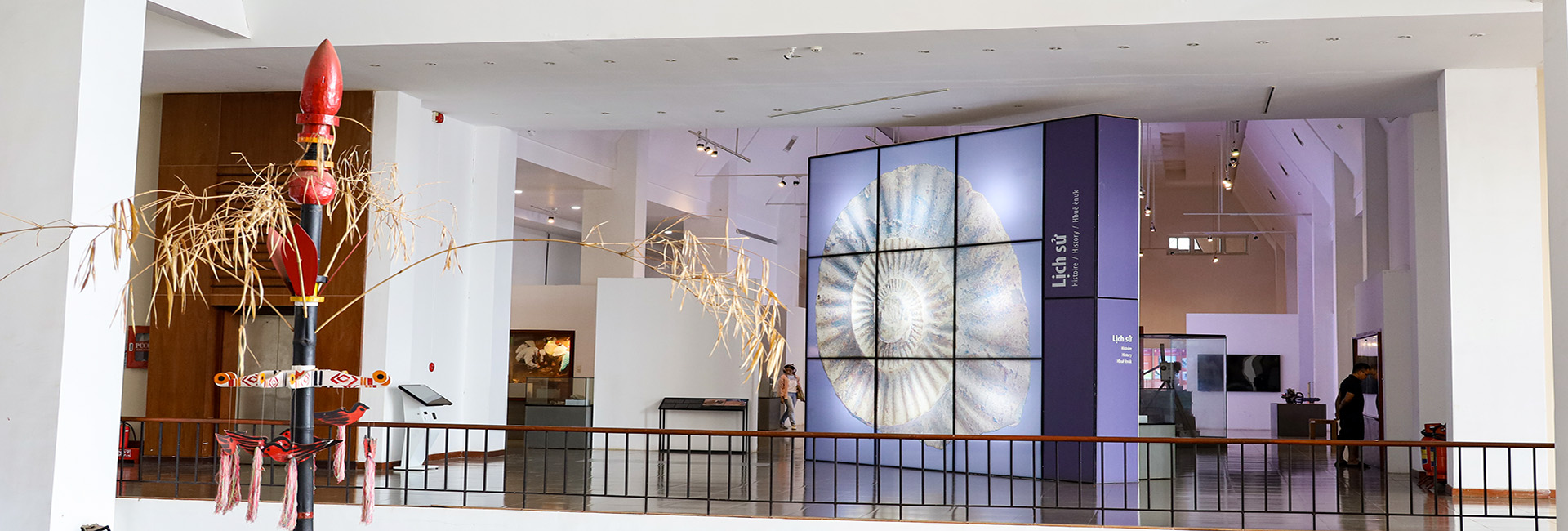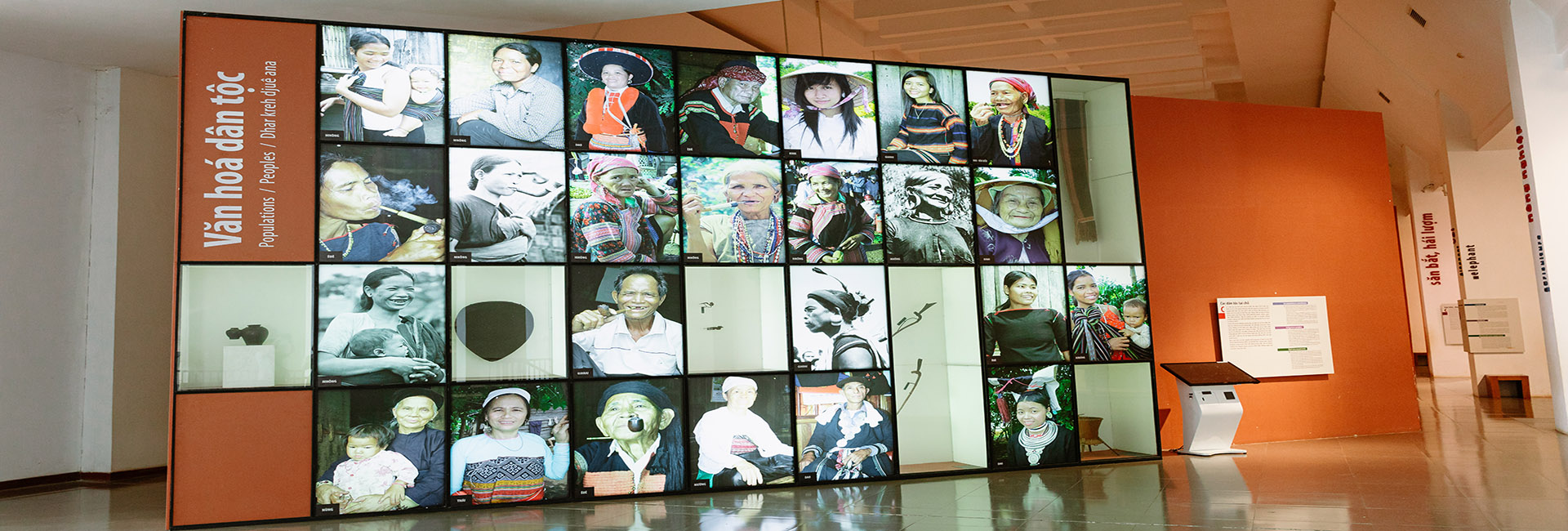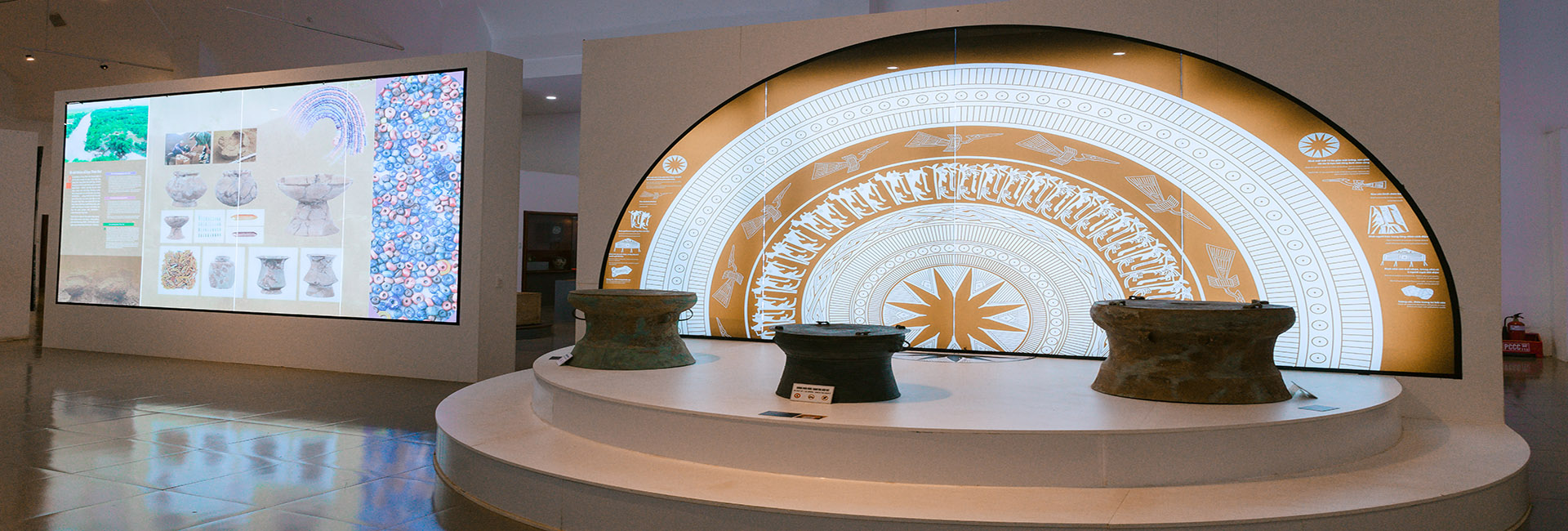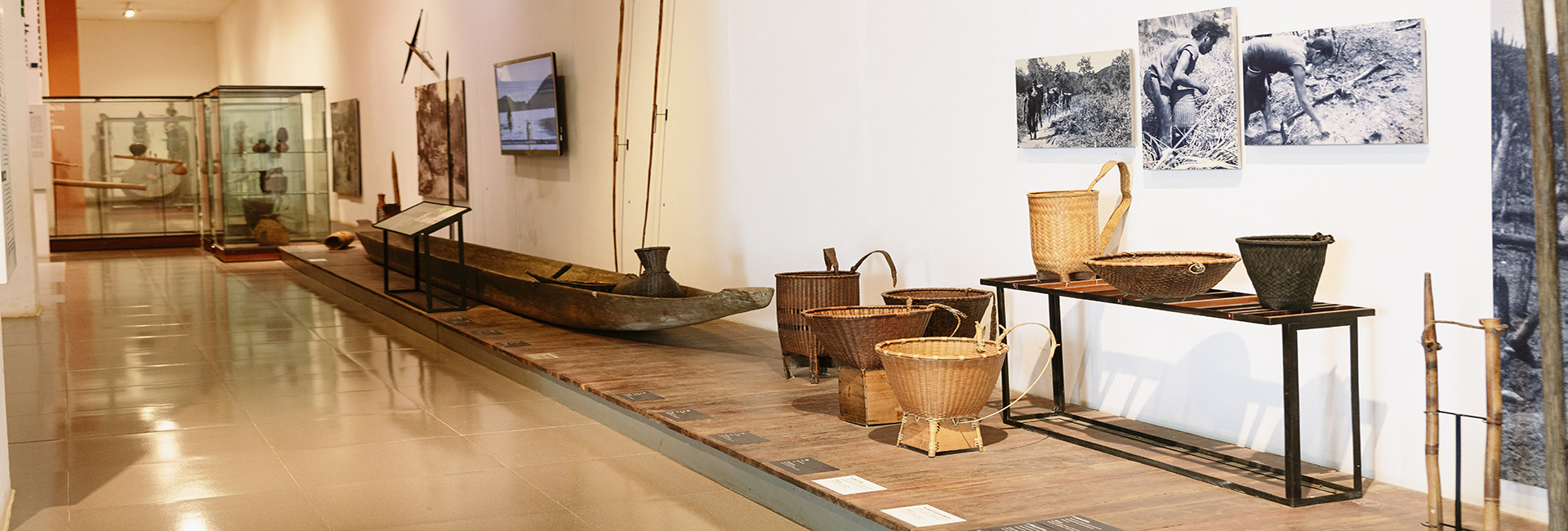NATURAL OBJECTS FEATURED WITH THE MUONG’S CULTURAL IDENTITY IN THE DAK LAK PLATEAU
The Muong migrated to Dak Lak since 1954, according to 2019 statistics, in Dak Lak had 15,656 Muong people, living mainly in Ea H'leo, Ea Sup, Buon Don, Krong Nang, and Ea Kar districts, Buon Ma Thuot city.
Far from their homeland to a new land, the Muong have settled down to do wet rice farming and industrial crops such as coffee, pepper and rubber. Although experiencing the process of adapting, exchanging and acclimatizing with the culture of the ethnic groups, the Muong people still preserve many their traditional cultural features, imbued with national identity in the jont roof of Dak Lak.
At Dak Lak Museum, lots of Muong objects are displayed and preserved, with the stories of the Muong’s material and spiritual life in the Dak Lak Plateau.
Not fussy, colorful, the costumes of the Muong are characterized by their shape and aesthetic style, which makes the Muong women have their own charm when wearing their traditional costumes. Decorative patterns are designed on the flap of the skirt, which are stylized shapes from chestnut flowers, anise flowers, seeds of sweet gourds, canarium, geometry... showing human outlook, worldview about people and the universe and their love of nature, their attachment and harmony with mountains and forests.
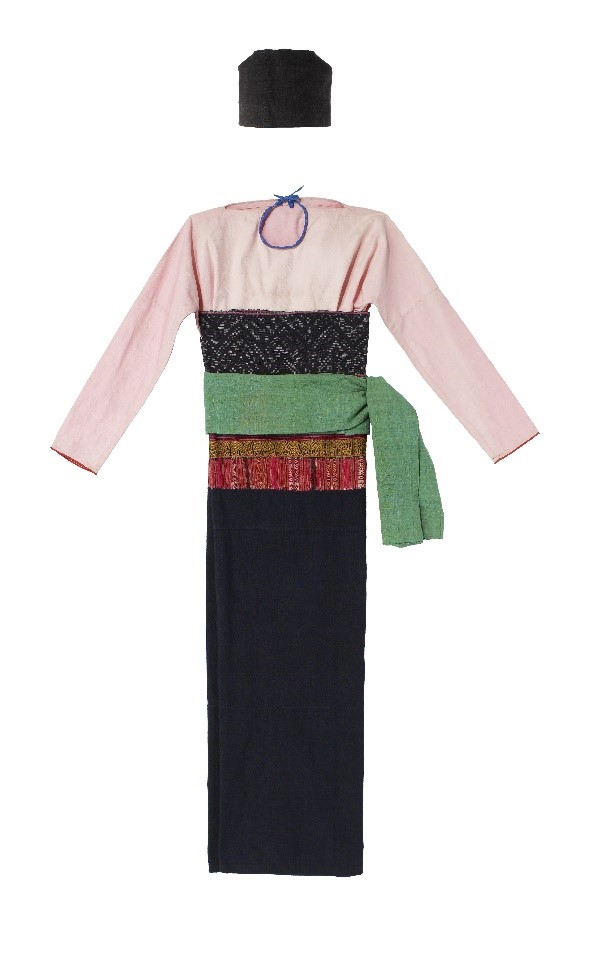
Today, the Muong still hold traditional ceremonies such as the New Rice Festival, the Neu Pole Lowering Ceremony, etc. During the festival, the gong teams or the elderly women often wear traditional costumes. In some places, we will see a little change in the patterns on costumes: the skirt flap is not decorated with Muong’s patterns but Ede’s patterns. It is not surprising, because coming to the new land, they join hands with the local people to build their homeland, they get married, have children, they love each mutual culture, and they book the Ede neighbors to make for them beautiful brocade cloths to decorate their traditional costumes, which is the beauty showing the cultural interference between the ethnic groups in the Central Highlands.
Along with the costumes are two arm pillows on display at the exhibition space of Northern ethnic groups. In the past, when getting married, a Muong girl had to prepare pillows, which are indispensable and valuable items like a dowry. The poorest families also have one or two pairs, and the rich families prepare six to seven pairs or more.
When the bride is taken to the groom’s house, the pillows are carried along with her clothes. Arriving at the groom's house, these pillows will be placed on the altar for the ceremony to enter his house. When the wedding ceremony is over, the groom will take the pillows from the altar down, the first pillow will be given to the matchmaker, the rest ones will be given to members of the groom's family including father, mother to siblings. If there is any left over, it will be given it to aunts, uncles and others (each for every person).
Over time, the objects are old and discolored, but they also helps us to see the ingenuity and meticulousness of the woman, as well as the items associated with the rituals in the Muong’s wedding ceremony in the past.

In the past, any families would have a few pairs of baskets for wedding or going to the fields. They went to the forest to cut bamboo, split bamboo and knit baskets to keep available in the house. A pair of wedding baskets is a meaningful object of the Muong, regardless of whether poor or rich, the families must have a pair of baskets to carry betel nuts, and wines, tea, offerings brought to the groom family to place on the altar first, and followed by wedding challenge presents. For rich families, they could request to 100-150 banh chung – sticky rice cakes, while poor families also must have 50-60 cakes, which are placed in pairs of baskets. On the top of the basket, there must be two large cakes wrapped beautifully with many fillings (called the first cake lining the mouth) like a lid to fit the mouth of the basket. These cakes are only cut to invite distinguished guests powerful members in the family to enjoy.

Simple and rustic, the Muong’s objects are simple and close, bringing the beauty of life, showing the unique culture of the northern mountainous residents. Dak Lak Museum is always a reliable agency storing, preserving and introducing to domestic and foreign tourists the unique objects of ethnic groups in the Dak Lak plateau.
GDTT




